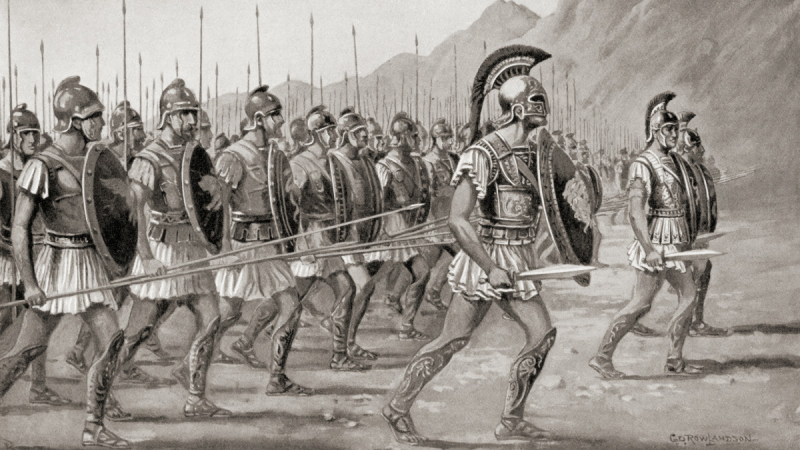The Armed Forces
Persian boys, who generally belonged to the upper class, were prepared for combat until they were 20 years old, according to the Greek historian Herodotus. However, Strabo, a different historian, claims that all men, regardless of status, received military training that lasted until they were 24 years old. Strabo also notes that the son of an aristocratic commander typically oversaw companies of 50 men. In both peace and conflict, every soldier would remain enlisted in the Persian National Army until age 50.
According to Xenophon, a different Greek philosopher, the Persian army numbered 120,000 Persian warriors in all. Herodotus, a Greek philosopher, also records that the Persian army had a spotless look, with every soldier wearing the same uniform, which was unusual in ancient times. It's thought that Cyrus II gave capes to officials in lesser positions as well as to nobility. The capes were constructed of the finest material and available in a variety of hues, including dark red, crimson, and purple. The capes are believed to have been worn by the troops to keep their appearances consistent.
The Persian army's troops were organized into regiments of 1,000 soldiers or hazaraba. The baivaraba, which consisted of a total of 10 hazaraba, served as the king's royal guards. They also went by the moniker amrataka, which means "immortal" in Sanskrit. This was because there will always be 10,000 soldiers. If a soldier became sick or got hurt, he was replaced right away by a healthy applicant. Finally, Herodotus claims that the baivaraba wore exquisite armor and apparel. The troops' attire included finely woven tunics and pants, which were covered in a coat of mail that resembled fish scales. The warriors also wore gold jewelry. They possessed wooden shields for defense, tiny spears, small swords, stiff bows with cane arrows, and armor. In carriages loaded with provisions including food, clothing, and other necessities, their wives and servants traveled everywhere with them.











